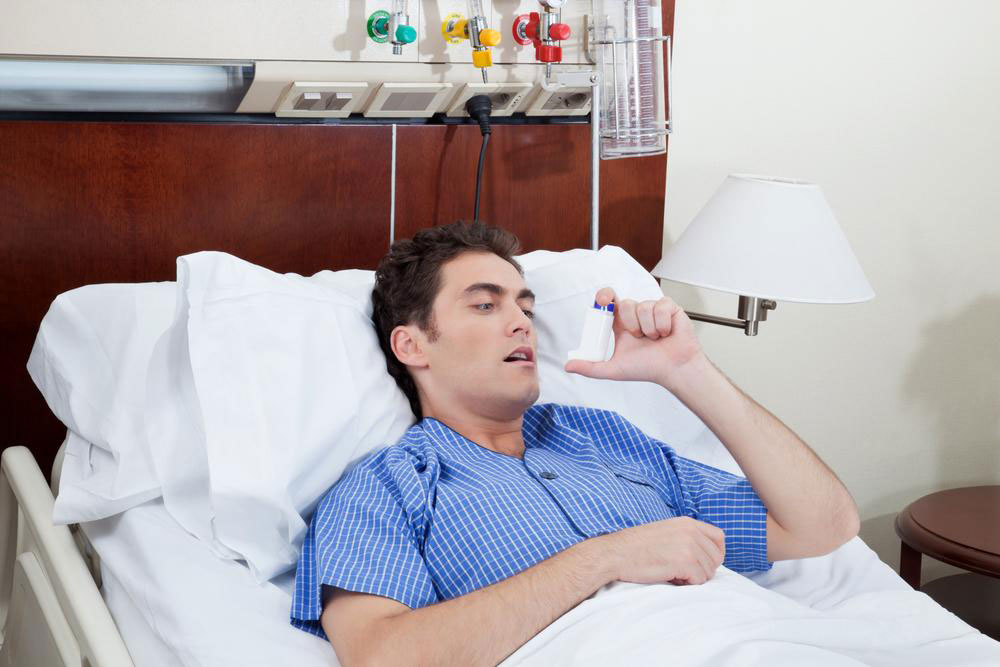Understanding the Causes of Overactive Bladder
This article explores the primary causes of overactive bladder, including weak pelvic muscles, nerve damage, hormonal changes, and lifestyle factors. Understanding these factors can help in early diagnosis and effective management. Seek medical advice if you experience symptoms of OAB to find appropriate treatment and improve quality of life.

Understanding the Factors Behind Overactive Bladder
Overactive bladder (OAB) occurs when pelvic muscles contract involuntarily, prompting frequent urges to urinate even when the bladder isn't full. Symptoms include urgent bathroom needs, nighttime awakenings, and potential incontinence. The precise cause of OAB often remains unknown, but common contributing factors include:
Poor pelvic floor strength
Nerve damage
Postmenopausal estrogen decline
High intake of caffeine and alcohol
Obesity
Chronic urinary tract infections
Poor pelvic muscles hinder complete bladder emptying, especially at night, leading to OAB symptoms. Nerve injuries from conditions like diabetes or strokes impair bladder control signals. Menopause reduces estrogen, affecting bladder relaxation. Excess caffeine and alcohol can irritate the bladder lining, while increased weight puts pressure on the bladder, worsening symptoms. Recurrent UTIs inflame the bladder and damage nerves, contributing to OAB development. Consulting a healthcare professional is key if you experience these symptoms.










